Welcome to the hidden treasures of the Smithsonian National Museum storage, the vault of history where secret artifacts await discovery. As I step into this realm of preserved wonders, I am in awe of the sheer magnitude and diversity of the collection. With over 155 million items, the Smithsonian Institution holds an unimaginable wealth of knowledge and beauty. Yet, only about one percent of these treasures are on display at any given time, leaving the rest tucked away in these secret storage rooms.
Imagine row upon row of carefully cataloged artifacts, each with its own story, waiting patiently to be shared with the world. From ancient relics to modern marvels, the Smithsonian’s storage rooms house a cornucopia of cultural, historical, and scientific significance. As I explore the depths of this hidden world, I am reminded of the immense responsibility and privilege that comes with accessing these storied archives.
Behind these doors, a tantalizing array of objects from various disciplines and eras lie in wait. The Smithsonian’s National Museum storage is home to not just one, but many hidden worlds. In this series of articles, we will delve into some of the most remarkable storage rooms, unveiling their treasures and shedding light on the stories they hold.
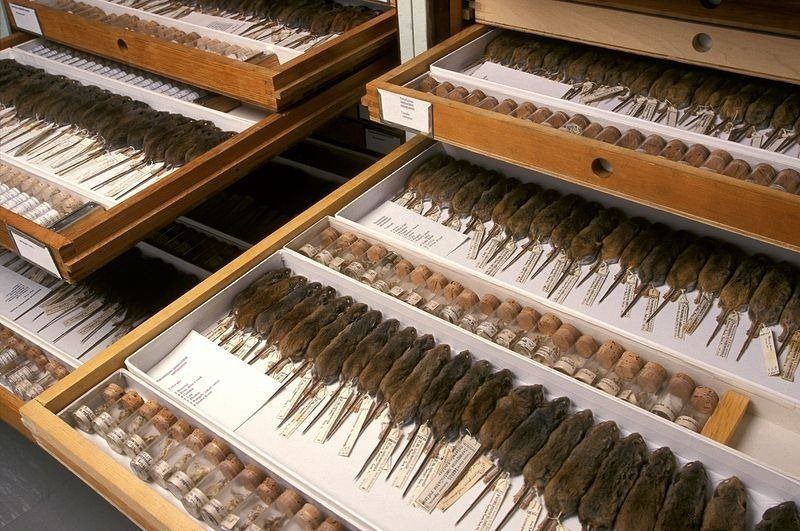
Prepare to be transported through time and space as we venture into the depths of the Smithsonian’s Museum of American History storage, where iconic cultural touchstones and hidden gems will take center stage. Journey with me as we uncover rare artworks and little-known artifacts in the Luce Foundation Center at the Smithsonian American Art Museum. We will also embark on a captivating journey through the surprising artifacts and quirky collections that populate the storage rooms of the Smithsonian Museum of American History.
But the Smithsonian’s hidden wonders don’t stop there. We will also explore the depths of the Smithsonian’s entomology collection, dive into the world of sloth moths and insect diversity at the National Museum of Natural History, and marvel at the extensive mineral science collection that gives us insights into the Earth’s composition and history. Lastly, we will journey through time with the Paleobiology Collection, witnessing the fossilized remnants of Earth’s ancient past.
Join me in this exploration of the Smithsonian’s secret storage rooms, where hidden history comes to life and the vaults of discovery await. Together, we’ll uncover the marvels that make the Smithsonian National Museum storage a true treasure trove.
Delving into the Depths of the Smithsonian’s Museum of American History Storage
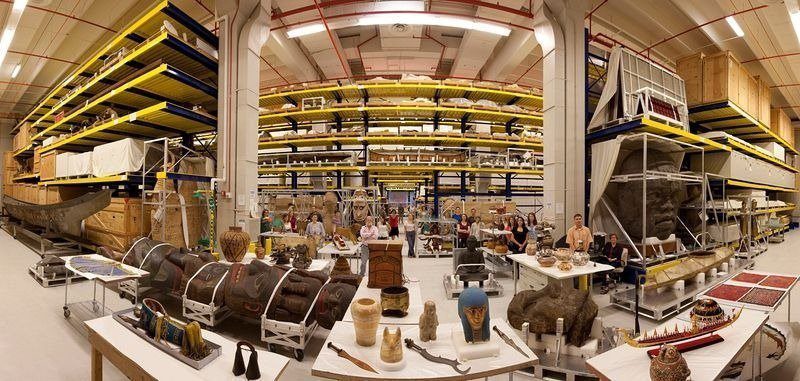
In the storage rooms of the National Museum of American History, cabinets hold an array of iconic cultural touchstones. From Ray Bolger’s Scarecrow costume from The Wizard of Oz to Jerry Seinfeld’s puffy shirt, these hidden gems offer a glimpse into the history and pop culture that have shaped America.
Step inside the storied halls of the National Museum of American History, and you’ll find more than what meets the eye. Beyond the curated exhibits and interactive displays lies a secret treasure trove that few get to explore – the museum’s storage rooms.
In these hallowed chambers, carefully arranged cabinets house a collection of iconic cultural touchstones that have left an indelible mark on American history. From famous movie props to noteworthy fashion pieces, the hidden gems waiting to be discovered in the depths of the museum’s storage provide a fascinating glimpse into the nation’s rich tapestry.
“We often think of museums as the place where history and culture come alive, but it’s in the storage rooms that you truly get a sense of the depth and breadth of our heritage,” says Lisa Adams, curator of the National Museum of American History.
These storage rooms serve as a sanctuary for a myriad of cultural artifacts, offering preservation and protection to items that have played a pivotal role in shaping American culture. And while only a fraction of the collection is on display at any given time, these hidden treasures offer a unique opportunity to delve into the lesser-known aspects of the nation’s past.
Unmasking Iconic Artifacts
Among the myriad of hidden gems lying within the National Museum of American History storage, you’ll find a diverse range of artifacts that have left an indelible mark on American society. From the unforgettable Scarecrow costume worn by Ray Bolger in The Wizard of Oz to Jerry Seinfeld’s iconic puffy shirt from the beloved sitcom Seinfeld, each item holds a story worth exploring.
These artifacts represent more than just entertainment. They symbolize moments in history, evoke nostalgia, and provide a tangible connection to the cultural touchstones that have captured the hearts of millions. As you step into the depths of the storage rooms, be prepared to embark on a journey through time, experiencing firsthand the impact these treasures have had on America’s collective memory.
Preserving Our Cultural Heritage
Behind the scenes, these storage rooms serve as a vital part of preserving America’s cultural heritage. The meticulous care taken to protect and maintain each artifact ensures that future generations can continue to appreciate and learn from these cultural icons. From textile conservation to climate-controlled environments, every effort is made to safeguard these pieces of history.
“The storage rooms are like time capsules, preserving our past for future exploration,” says Adams. “They allow us to celebrate the breadth of American history and showcase the cultural artifacts that have shaped our nation.”
So, the next time you visit the National Museum of American History, take a moment to appreciate the hidden gems that lie in wait within its storage rooms. These cultural artifacts not only illuminate the stories of the past but also inspire a deeper understanding of the diverse and ever-evolving cultural fabric that makes America what it is today.
Uncovering Rare Artworks in the Luce Foundation Center at the Smithsonian American Art Museum
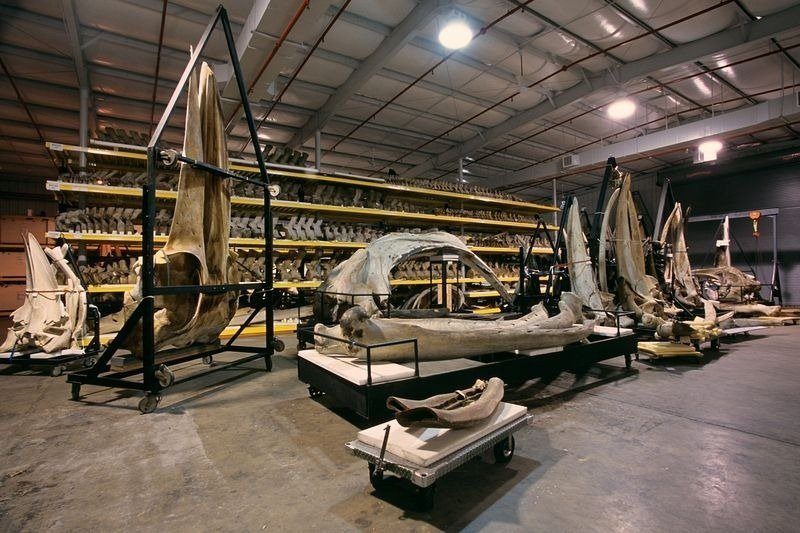
The Luce Foundation Center at the Smithsonian American Art Museum offers visitors a unique opportunity to delve into a collection of “visible storage.” Unlike traditional museum displays, this unconventional exhibition showcases row upon row of extra artworks, providing an immersive experience with popular culture artifacts and little-known artworks.
Located within the Smithsonian American Art Museum, the Luce Foundation Center houses a diverse art collection that spans various periods and mediums. From contemporary paintings to intricate sculptures, the center’s visible storage presents an extensive array of artistic expressions.
This approach to displaying art allows visitors to explore beyond the usual curated exhibitions and engage with a broader range of artistic creations. By presenting artwork in its visible storage form, the Luce Foundation Center invites viewers to appreciate the depth and breadth of the Smithsonian’s art collection.
In addition to showcasing established masterpieces, the Luce Foundation Center also features lesser-known artworks that deserve recognition. This focus on underrepresented artists and hidden gems offers a fresh perspective on popular culture artifacts and opens up new avenues for artistic discovery.
Whether you’re an art enthusiast eager to uncover hidden treasures or simply curious about the depth of art collections, the Luce Foundation Center provides a captivating experience. As you traverse the rows of artwork, you’ll gain a deeper understanding of the diverse artistic heritage housed within the Smithsonian American Art Museum.
Behind the Scenes at the Smithsonian Museum of American History: Surprising Artifacts and Quirky Collections
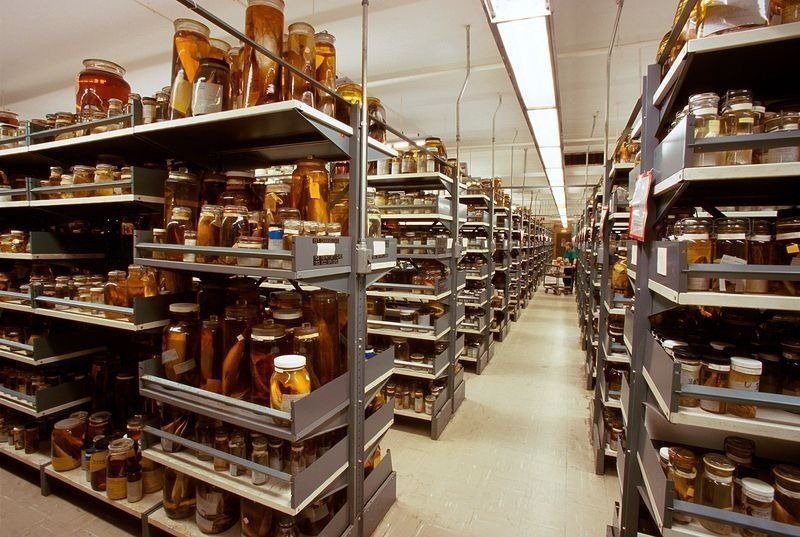
The Smithsonian Museum of American History’s storage rooms are a treasure trove of fascinating Americana. Within these hidden corridors lie surprising artifacts and quirky collections that offer a unique glimpse into the diverse tapestry of American history.
One remarkable find is Phyllis Diller’s joke catalog, a testament to the legendary comedian’s wit and humor. Preserved in the museum’s archives, this collection of jokes provides insight into Diller’s comedic genius and the cultural context of her time.
Another captivating piece in the storage rooms is the original animation cels of Mickey Mouse, a beloved character that has captured the hearts of millions across generations. These rare finds allow us to trace the evolution of one of the most iconic figures in American popular culture.
The Smithsonian Museum of American History also houses myriad quirky collections. One such collection showcases vintage lunchboxes, taking us back to the days when children carried their favorite characters and themes to school. These lunchboxes offer a nostalgic glimpse into American childhood and the impact of popular culture on everyday life.
Furthermore, the museum’s storage rooms hold an array of political campaign paraphernalia, including buttons, banners, and posters from various presidential elections. This collection provides a window into the world of American politics and allows us to explore the evolution of campaign materials throughout history.
As we delve into the depths of the Smithsonian Museum of American History, we uncover surprising artifacts and delve into quirky collections that contribute to our understanding of the nation’s rich heritage. These rare finds offer a captivating narrative of the past and highlight the diverse aspects of American culture that have shaped our shared history.
Exploring the Depths of the Smithsonian’s Entomology Collection
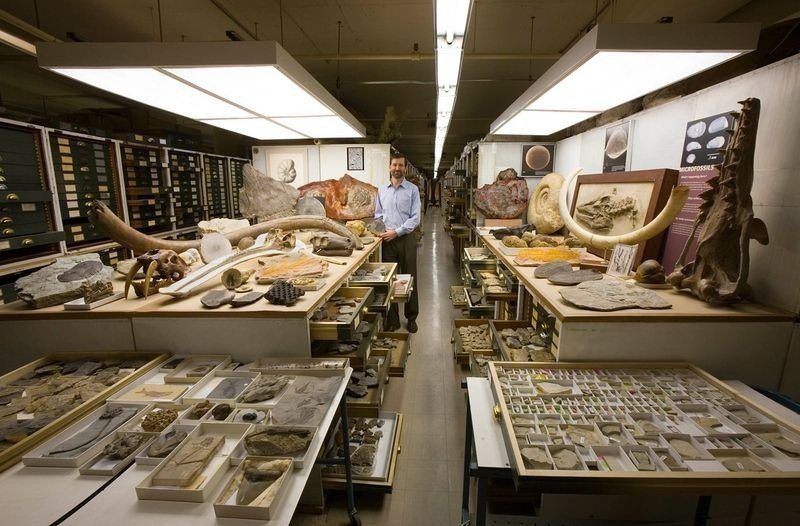
The Smithsonian’s entomology collection is an invaluable resource for scientific research and the study of insect diversity. With over 34 million insect specimens, it represents around 60% of the world’s known insect species. This vast repository of insect specimens allows researchers to delve into the intricate details and complexities of these fascinating creatures, uncovering their unique characteristics and contributing to our understanding of biodiversity.
Insects play a vital role in our ecosystems, serving as pollinators, decomposers, and important indicators of environmental health. The entomology collection at the Smithsonian provides scientists with a comprehensive overview of insect species from around the world, enabling them to track changes in habitats, analyze population trends, and gain insights into the effects of climate change on insect populations.
From delicate butterflies and beetles to strange and elusive species, the entomology collection showcases the incredible diversity of insect life. By studying these specimens, scientists can unlock valuable information about the evolution, behavior, and ecology of insects.
Serving as Guardians of Knowledge
“The entomology collection at the Smithsonian is like a time capsule of insect life on Earth. It allows us to document and preserve these fragile creatures for future generations, ensuring that we can continue to study and learn from them,” says Dr. Emily Rodriguez, Senior Entomologist at the Smithsonian.
In addition to its scientific significance, the entomology collection also plays a critical role in education and public outreach. Through exhibits and educational programs, the Smithsonian shares the wonders of the insect world with visitors of all ages, fostering a deeper appreciation for the intricate beauty and ecological importance of these often-misunderstood creatures.
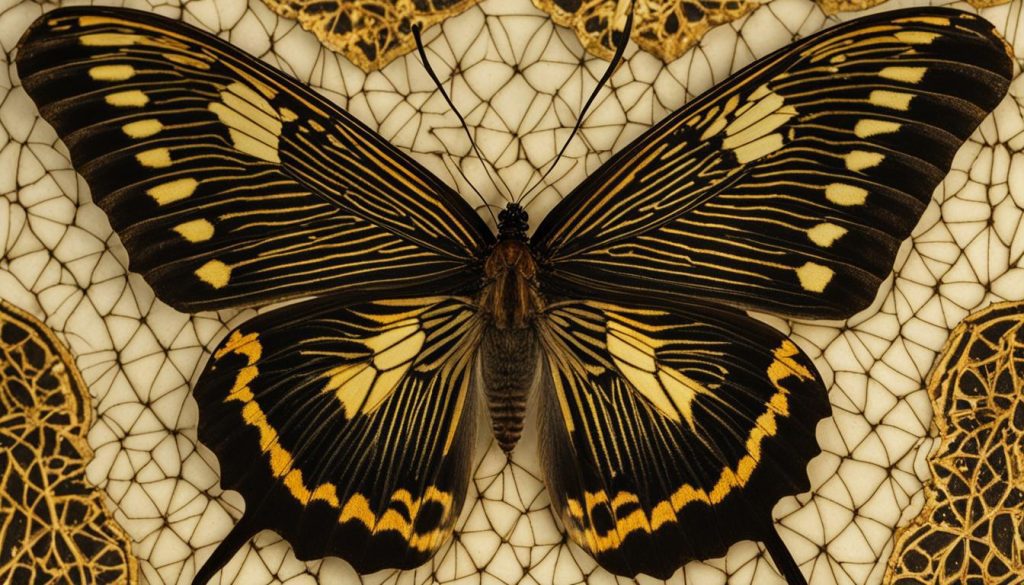
As we continue to uncover the secrets of the natural world, the entomology collection at the Smithsonian remains an invaluable resource for scientists, educators, and nature enthusiasts alike. By exploring this vast collection, we gain a greater understanding of the incredible diversity and complexity of insect life, furthering our knowledge of our planet’s biodiversity and the delicate balance of ecosystems.
Diving into the World of Sloth Moths and Insect Diversity at the National Museum of Natural History
The National Museum of Natural History is home to an extraordinary collection of sloth moths, making it the world’s largest repository of these fascinating creatures. With over 200 specimens on display, visitors have the opportunity to explore the intricate world of sloth moths and gain a deeper understanding of their unique symbiotic relationship with sloths.
Sloth moths have developed a remarkable adaptation that allows them to thrive in the slow-paced world of sloths. These teeny moths lay their eggs in the feces of sloths, creating a safe haven for their larvae to feed and grow. This coexistence benefits both species, as the moths obtain shelter and a nutrient-rich environment, while the sloths receive protection from parasites.
Beyond the captivating world of sloth moths, the National Museum of Natural History’s entomology collection offers a vast diversity of insects from around the globe. With research collections numbering in the millions, this remarkable assortment provides a valuable resource for scientists, researchers, and enthusiasts alike.
Studying insect diversity is crucial for understanding the complexities of ecosystems and the role insects play in maintaining balance within them. The museum’s entomology collection allows researchers to delve deep into the fascinating world of insects and unravel the mysteries of their behavior, anatomy, and evolutionary history.
Marveling at the Extensive Mineral Science Collection at the Smithsonian
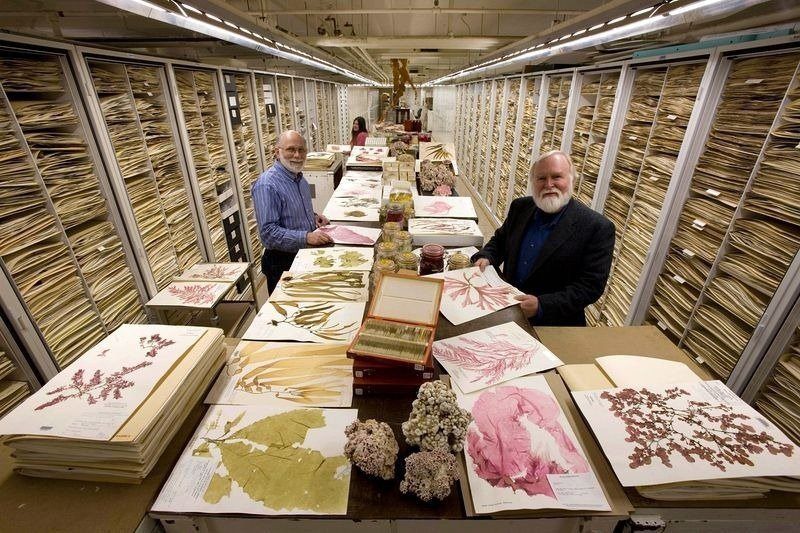
The Smithsonian’s mineral science collection is a marvel to behold, with over one million specimens showcasing the diverse world of rocks and minerals. From common ores to exquisite gemstones, this extensive collection is a treasure trove for those interested in geological research and the study of Earth’s composition and history.
As I explored the hidden corridors of the Smithsonian’s secret storage rooms, I was awestruck by the sheer magnitude of the mineral science collection. Shelves lined with specimens, meticulously labeled and cataloged, revealed the incredible variety of rocks and minerals that our planet has to offer.
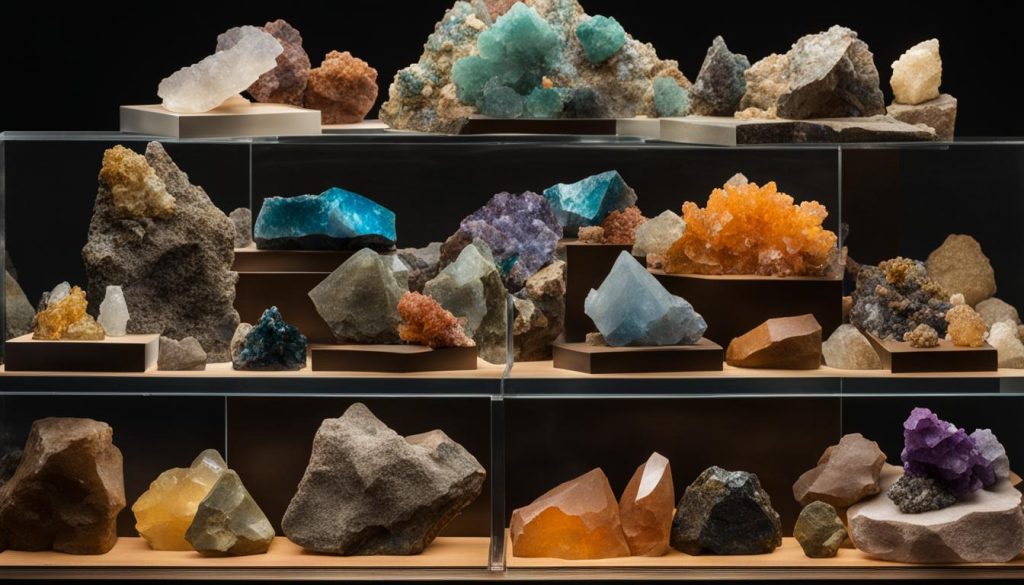
“The Smithsonian’s mineral science collection is a treasure trove of geological wonders, providing valuable insights into the Earth’s formation and the processes that have shaped our planet over millions of years.” – Dr. Emily Stone, Geologist
From the vibrant hues of amethyst and topaz to the intricate patterns found in agates and jaspers, each mineral specimen tells a story of geological processes and the forces of nature. These treasures are not only beautiful to behold but also serve as vital resources for scientists and researchers.
Unlocking the Secrets of Earth’s History
The Smithsonian’s mineral science collection holds a wealth of knowledge about Earth’s past. By studying the composition and characteristics of rocks and minerals, geologists can uncover clues about ancient environments, plate tectonics, and even the presence of long-extinct organisms.
Geological researchers utilize the diverse range of specimens to analyze everything from the Earth’s core to the outer crust. The insights gained from this research contribute to our understanding of the planet’s history, natural resources, and the impact of human activity on geological processes.
Additionally, the gemstones within the collection are a testament to the beauty and value that rocks and minerals hold. These gemstones have captivated humans for centuries, influencing our culture, fashion, and even spiritual beliefs. The Smithsonian’s collection provides a window into the world of precious and semi-precious gemstones, showcasing their brilliant colors and unique characteristics.
Whether you’re a geology enthusiast, a scientist conducting research, or simply someone who appreciates the wonders of the natural world, the Smithsonian’s mineral science collection offers an unparalleled opportunity to explore the diversity and beauty of rocks, minerals, and gemstones.
Journeying Through Time with the Paleobiology Collection at the Smithsonian
Deep within the halls of the Smithsonian, a remarkable collection awaits. The paleobiology collection is a treasure trove of over 44 million fossil specimens, providing a window into the ancient past and allowing us to journey through time.
This extensive collection includes a wide variety of fossils, ranging from dinosaur specimens to fossil plants. It serves as a valuable resource for scientists and researchers studying Earth’s history and the evolution of life on our planet.
Within the paleobiology collection, dinosaur fossils hold a special place. These magnificent creatures that roamed the Earth millions of years ago are preserved in their fossilized remains. Carefully excavated and preserved, these dinosaur fossils provide insights into their anatomy, behavior, and the ecosystems they once inhabited.
By studying these remarkable specimens, scientists can reconstruct the Earth’s ancient ecosystems, uncovering the intricate web of life that existed long before humans walked the planet. The paleobiology collection at the Smithsonian allows us to step back in time and witness the wonders of Earth’s history.
In addition to dinosaur fossils, the collection also includes an array of other fossil specimens, such as ancient plants, invertebrates, and marine organisms. These fossils offer a glimpse into the diversity of life that has inhabited our planet throughout its long history.
Through careful analysis and research, scientists can piece together the puzzle of Earth’s past, unraveling the mysteries of evolution, climate change, and mass extinctions. The paleobiology collection at the Smithsonian plays a critical role in advancing our understanding of the natural world and our place within it.
As I walk through the paleobiology collection, I’m in awe of the stories these fossils hold. They offer a tangible connection to the distant past and remind us of the remarkable journey life has taken on this planet. From the mighty dinosaurs to the delicate fossilized leaves, each specimen is a testament to the complexities and wonders of Earth’s history.
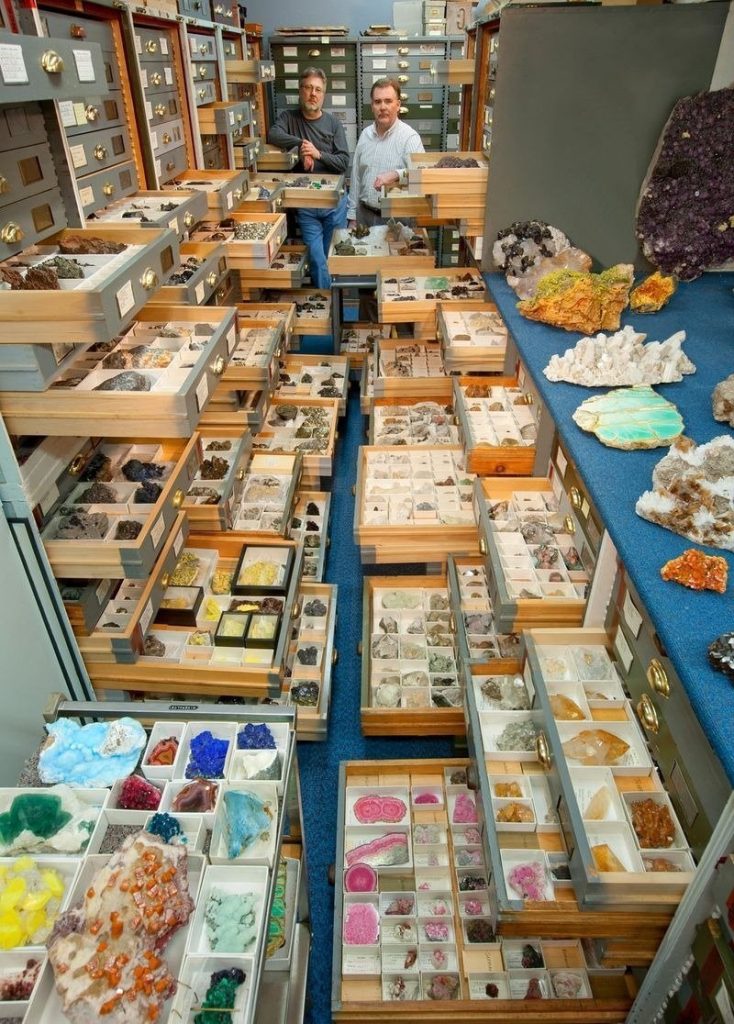
Conclusion
As I conclude my exploration of the Smithsonian’s hidden treasures, it is clear that the storage rooms hold a wealth of history and cultural significance. From the iconic artifacts that have shaped America’s identity to the rare finds that shed light on scientific discovery, the museum archives are a testament to the vast wealth of knowledge and heritage preserved within the Smithsonian’s walls.
These secret storage rooms offer a glimpse into the untold stories and hidden history that make up our collective human experience. The commitment of the Smithsonian Institution to meticulously preserve and share these collections ensures that future generations can continue to delve into the wonders held in its storied halls.
Whether it’s the Luce Foundation Center’s visible storage or the entomology collection at the National Museum of Natural History, the Smithsonian’s vast storage facilities unlock a deeper understanding of our world, past and present. We are fortunate to have these museum archives as a resource for scientific research, cultural exploration, and the appreciation of our rich tapestry of humanity.
FAQ
What is the Smithsonian National Museum storage?
The Smithsonian National Museum storage is a vast collection of artifacts and treasures that are not currently on display in the museum. It holds over 155 million items, including iconic cultural touchstones, rare artworks, scientific collections, and more.
Can the public access the Smithsonian National Museum storage?
No, the Smithsonian National Museum storage is not open to the public. However, a small portion of the collection can be viewed in special exhibitions and curated displays at the museum.
What kind of artifacts can be found in the National Museum of American History storage?
The National Museum of American History storage contains a wide range of artifacts, including iconic cultural items like Ray Bolger’s Scarecrow costume from The Wizard of Oz and Jerry Seinfeld’s puffy shirt. It also features historical objects, pop culture artifacts, and quirky collections that offer a unique glimpse into American history.
What is the Luce Foundation Center at the Smithsonian American Art Museum?
The Luce Foundation Center is a unique display at the Smithsonian American Art Museum that showcases visible storage. It offers the public an opportunity to explore a vast collection of popular culture artifacts and little-known artworks that are not typically on display in the museum’s galleries.
Are all the artifacts in the Smithsonian Museum of American History storage exhibited at some point?
Only about one percent of the Smithsonian Museum of American History storage collection is on display at any given time. The rest of the artifacts are carefully preserved and stored in the museum’s storage rooms to ensure their long-term preservation.
What is the significance of the entomology collection at the Smithsonian?
The entomology collection at the Smithsonian is a vast repository of over 34 million insect specimens, representing around 60% of the world’s known insect species. It plays a crucial role in scientific research, allowing scientists to study changes in habitats, track biodiversity, and understand the intricate world of insects.
How can the mineral science collection at the Smithsonian be utilized?
The mineral science collection at the Smithsonian consists of over one million specimens, including rocks, ores, gemstones, and minerals. This extensive collection is an invaluable resource for geological research, providing insights into the Earth’s composition, history, and the formation of mineral deposits.
What is the paleobiology collection at the Smithsonian?
The paleobiology collection at the Smithsonian is a vast treasure trove of over 44 million fossil specimens, including dinosaur fossils and ancient plant remains. This collection allows scientists to study Earth’s history, understand the evolution of species, and gain insights into the processes that have shaped our planet over millions of years.
Why does the Smithsonian keep such a vast collection of hidden artifacts?
The Smithsonian preserves and stores a vast collection of hidden artifacts to ensure their long-term preservation and to provide opportunities for future research, study, and exhibitions. These hidden treasures offer a glimpse into the rich tapestry of human history, scientific discovery, and cultural heritage that the Smithsonian is committed to preserving and sharing.
